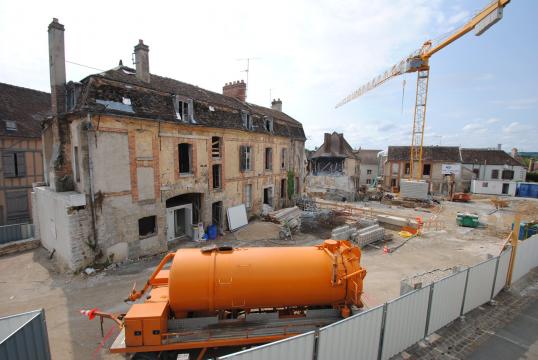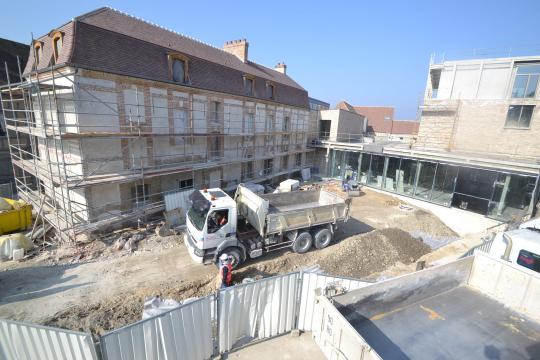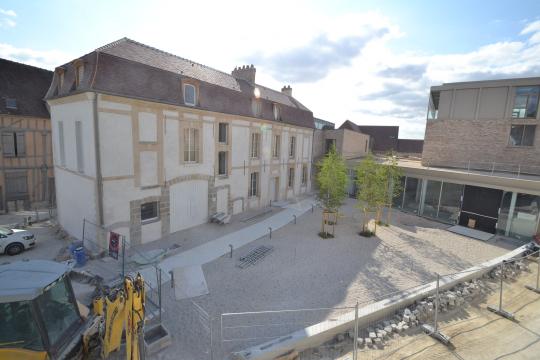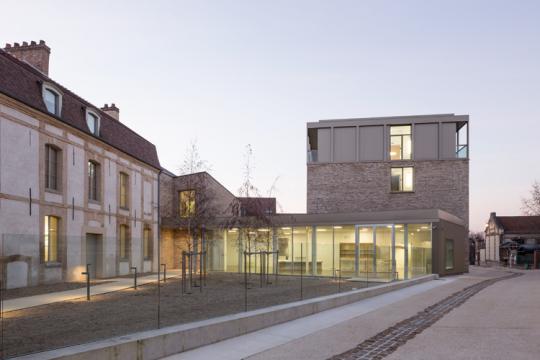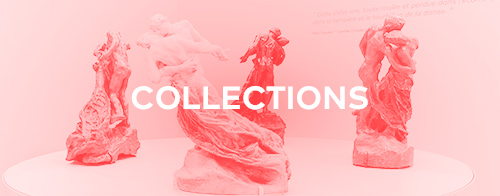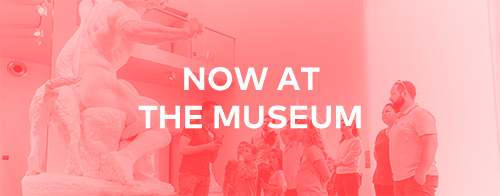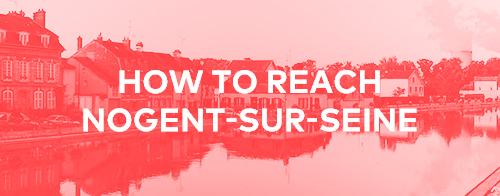From the Dubois-Boucher Museum to the Camille Claudel Museum
The origins of the museum: Alfred Boucher
In 1902, Alfred Boucher was a famous and respected artist who accrued distinctions and public commissions. He spent his time between Aix-les-Bains and Paris where, that year, he opened the “La Ruche” residence to house his less affluent fellow artists. However, he had not forgotten the town in which he had grown up and, still in 1902, he embarked on creating the museum in Nogent-sur-Seine. As soon as it was inaugurated, the collection included a significant number of sculptures, which grew rapidly in the years that followed. In addition to Alfred Boucher’s donations, other sculptors or their heirs have also made donations. Hence, some of the masterpieces in the Camille Claudel Museum were already on display in 1902: Le Souvenir by Paul Dubois, Première Pensée d’amour (First Thought of Love) by Marius Ramus, the busts of his parents by Alfred Boucher. However, the collection is not just about sculpture. Alfred Boucher donated part of his collection of paintings and graphic arts, supplemented by donations from contemporary painters such as the landscape artist Léonce Vaÿsse. Other donors are behind a heterogeneous collection of engravings, antiques, medals, coins... A wide-ranging collection of ceramics is due to the combined generosity of the Sevres Manufactory (792 objects) and Élise Boucher, Alfred Boucher’s wife (54 objects). This exceptional contribution by the Sevres Manufactory was no doubt fostered by Alfred Boucher’s personal connections and is reflected in the very substantial exhibits donated by the Cité de la Céramique for the reopening of the museum in 2017.
Establishment of the first museum in Nogent-sur-Seine
In 1902, the museum was initially set up on the first floor of the “Château”, an old house acquired by the municipality in 1899 that stands in the middle of a public garden. It spread to the second floor in 1903, and in 1905, an old shed located further down was renovated and transformed into a sculpture gallery. It was designed to accommodate such monumental works as Joan of Arc by Paul Dubois and the Monument to Doctor Ollier by Alfred Boucher, which were then added to the collections. This extension helped to establish the institution as a museum of sculpture, even though the painting and archaeology collections continued to grow until the Second World War brought them to a halt. The museum was looted and many of the works in the original collection still remain unaccounted for. After the war, French sculptures of the late 19th and early 20th centuries were completely discredited and remained so for many years. Ultimately, the building reverted to its museum function in 1974 in order to present the findings of local archaeological excavations. Then, in 1978, Jacques Piette was appointed curator and undertook colossal work to inventory, study, restore and showcase the collections. The buildings were renovated and the restored sculpture gallery was opened in 1995.
Birth of the Camille Claudel Museum
In 2003, a Camille Claudel exhibition was organized in Nogent-sur-Seine with the collections compiled by Reine-Marie Paris, the artist’s great-niece, and Philippe Cressent. Its outstanding success - some 40,000 visitors in three months - sparked the idea of setting up a new ambition for the Dubois-Boucher Museum by establishing a substantial Camille Claudel collection. Two initial works were acquired: an Étude pour la Tête d’Hamadryade (2006) and L’Implorante (small model) (2007), then, in 2008, Reine-Marie Paris and Philippe Cressent agreed to sell to the town the collections they had built up over many years of intensive research. The very same year, Perseus and the Gorgon, the artist’s only monumental marble sculpture, was acquired thanks to the patronage of several companies and the State’s participation (Fonds national du patrimoine). Finally, in 2008, the municipality purchased the house where Camille Claudel lived with her parents from 1876 to 1879. The foundations of the Camille Claudel Museum project were laid. Yves Bourel and then, from 2012, Françoise Magny, conceived a project that would combine the presentation of Camille Claudel’s career with a sense of context. The first part of the tour presents a panorama of French sculpture in the era of Camille Claudel, thanks to the Dubois-Boucher museum’s collection and some sixty exhibits donated by fifteen different institutions. The collection has been restored to its former glory thanks to a comprehensive restoration campaign and the interior designed by the architect Adelfo Scaranello.

